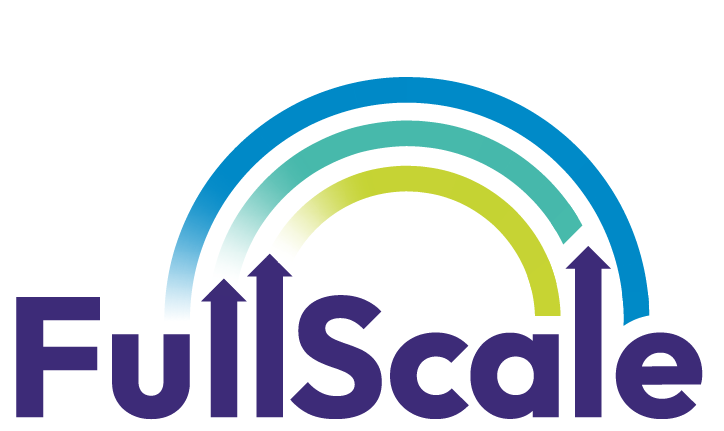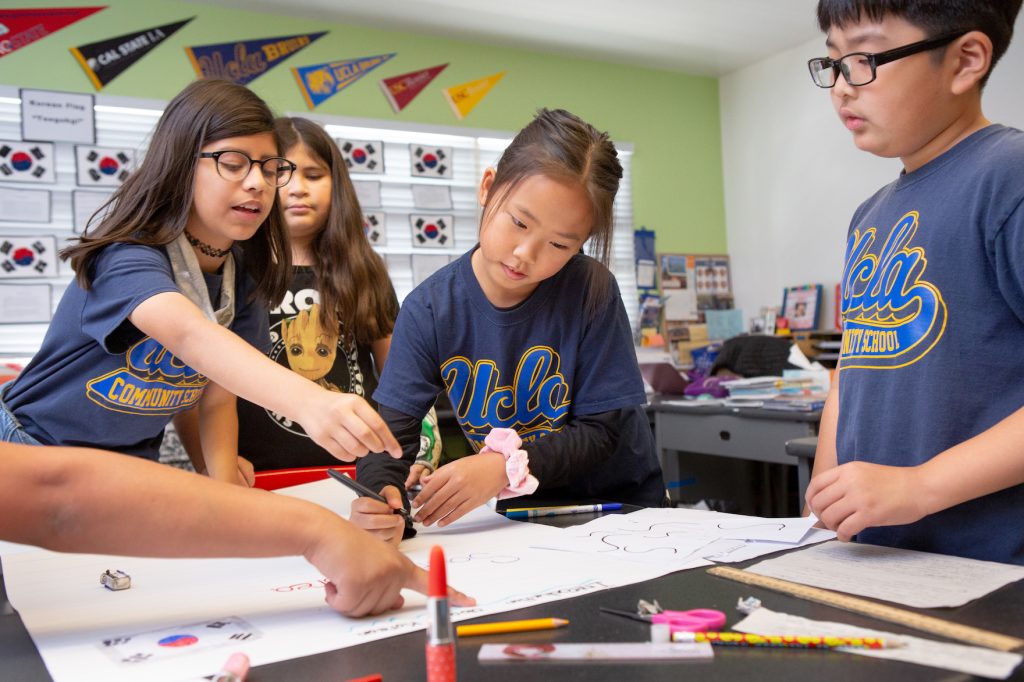
This piece was originally published on ShapingEDU: Part 1, Part 2.
In this two-part series, TLA Partner Beth Holland shares the insights gleaned from her research into digital equity for students across the United States.
Dr. Holland underscores that while a lack of adequate internet access makes it difficult for students to learn and work effectively, access alone will not transform the challenges posed by digital equity. Technology, geography, and infrastructure are just some of the variables that affect access to the internet; empathy and support must also be addressed to ensure students and educators alike are effectively enabled to use digital technologies as a tool to aid in their learning and teaching experiences.
Explore the entirety of Dr. Holland’s interview with ShapingEDU in Part 1 and Part 2 on the ShapingEDU website.





